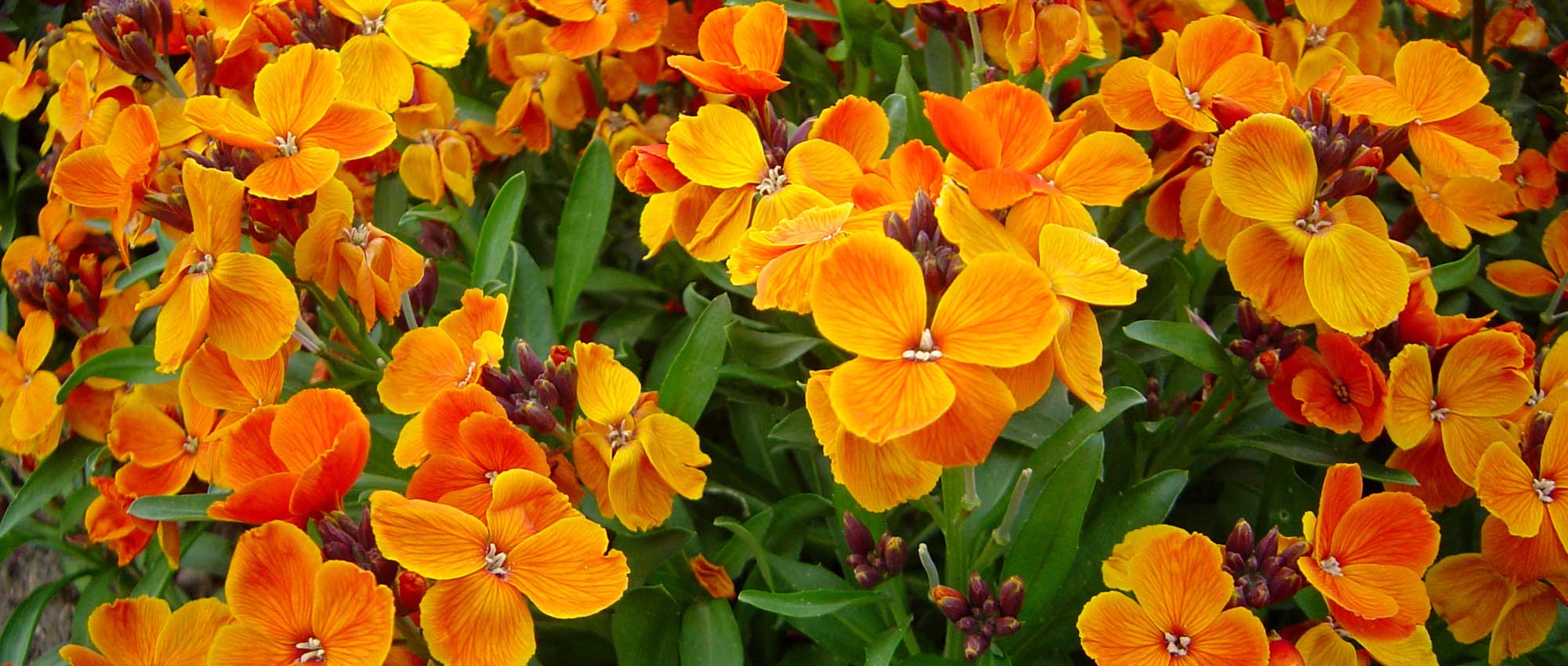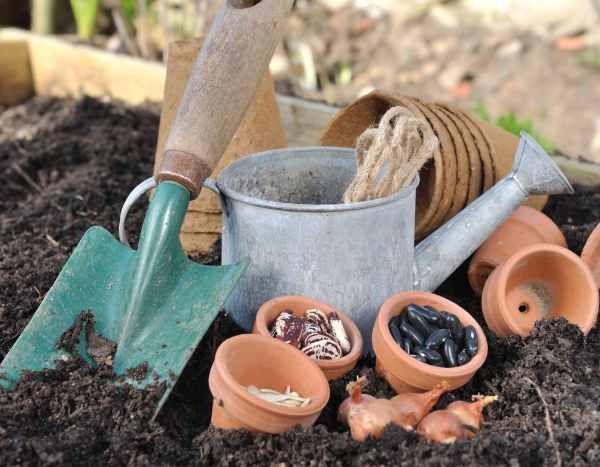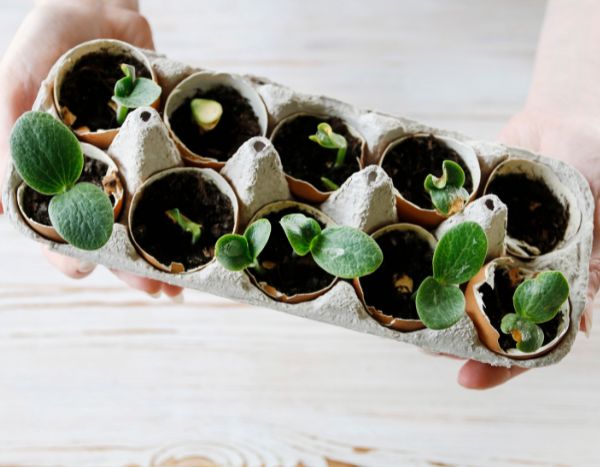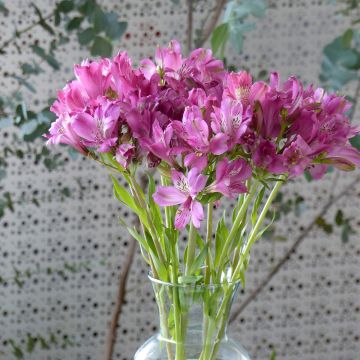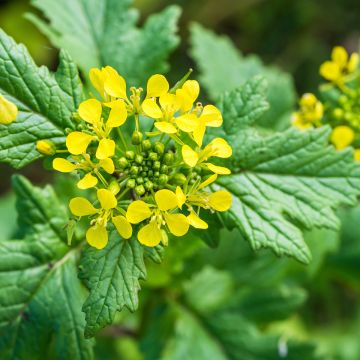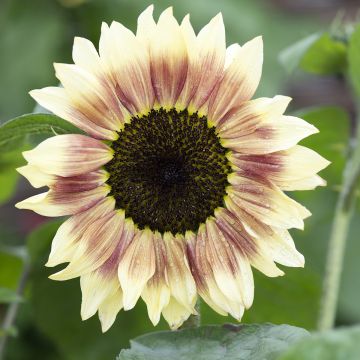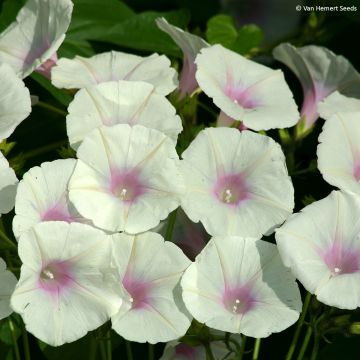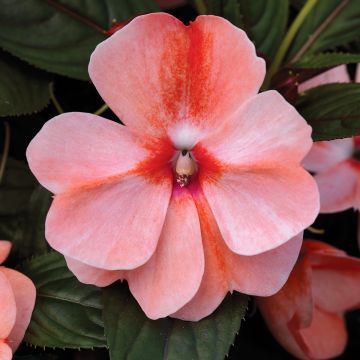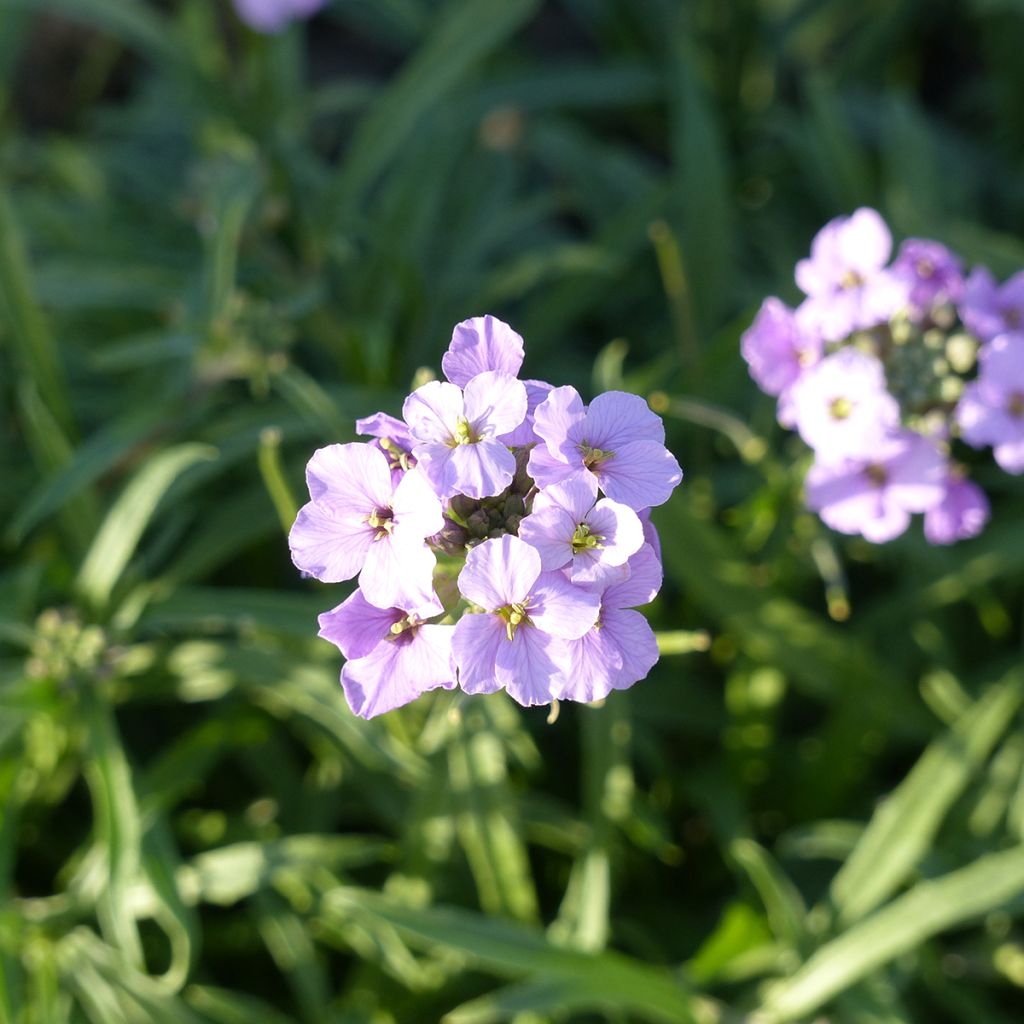

Wallflower Little Kiss lilac seeds - Erysimum linifolium
Wallflower Little Kiss lilac seeds - Erysimum linifolium
Erysimum linifolium Little Kiss lilac
Wallflower
Special offer!
Receive a €20 voucher for any order over €90 (excluding delivery costs, credit notes, and plastic-free options)!
1- Add your favorite plants to your cart.
2- Once you have reached €90, confirm your order (you can even choose the delivery date!).
3- As soon as your order is shipped, you will receive an email containing your voucher code, valid for 3 months (90 days).
Your voucher is unique and can only be used once, for any order with a minimum value of €20, excluding delivery costs.
Can be combined with other current offers, non-divisible and non-refundable.
Home or relay delivery (depending on size and destination)
Schedule delivery date,
and select date in basket
This plant carries a 6 months recovery warranty
More information
We guarantee the quality of our plants for a full growing cycle, and will replace at our expense any plant that fails to recover under normal climatic and planting conditions.
Does this plant fit my garden?
Set up your Plantfit profile →
Description
Wallflower 'Little Kiss Lilac' (Erysimum linifolium) is a compact variety often grown as a biennial or short-lived perennial. It forms small, well-branched clumps, well-suited for decorating borders, rockeries, or containers. Its lightly scented, pale mauve flowers bloom in dense clusters from spring to summer. This wallflower thrives in any well-drained soil, even poor or chalky. It may self-seed where it is happy and is also suitable for fresh bouquets.
Wallflower 'Little Kiss Lilac' is a horticultural cultivar belonging to the Brassicaceae family (formerly Cruciferae), sometimes nicknamed the shrubby wallflower. The botanical species Erysimum linifolium, from which this cultivar originates, grows naturally on exposed rocky or sandy slopes in northern and central Spain as well as northern Portugal.
The 'Little Kiss Lilac' cultivar is sometimes sold under the name Cheiranthus 'Little Kiss Lilac'. The 'Little Kiss' series is a selection of compact and floriferous cultivars appreciated for their bushy habit, generous flowering, and ease of cultivation.
Erysimum linifolium 'Little Kiss Lilac' forms a compact clump, reaching a height of 30 to 40 cm and a width of about 30 cm. Its habit is bushy and well-branched, with semi-woody stems at the base. This plant reaches its mature size in two years. The leaves are simple, alternate, linear to lanceolate in shape, measuring up to 7.5 cm long. They are dark green and persist through winter in mild climates. Flowering extends from spring to summer, with peaks in April, May, and June, and sometimes a second flush in August and September. The 1.5 to 2 cm diameter flowers are arranged in dense terminal clusters. They display a pale lilac hue and emit a soft, sweet fragrance that attracts pollinators such as bees and butterflies. 'Little Kiss Lilac' is hardy down to -12°C in dry soil. The plant may self-seed where it is happy, though this is not always the case. Removing spent flowers encourages prolonged flowering.
Wallflower 'Little Kiss Lilac' will enliven borders, flower beds, and rockeries from spring. It creates generously flowering containers on the terrace or balcony. To complement its pastel flowers, pair it with the pink of Tulips 'Angelique', the understated elegance of Daffodils 'Thalia', and the airy flowering of Scabious 'Butterfly Blue'. A winning trio for a colourful and gentle spring!
Flowering
Foliage
Plant habit
Botanical data
Erysimum
linifolium
Little Kiss lilac
Brassicaceae
Wallflower
Cheiranthus 'Little Kiss Lilac'
Cultivar or hybrid
Planting and care
Sow Wallflower 'Little Kiss Lilac' between January and March under cover, or from June to August directly in the ground. The small seeds should be sown at a shallow depth (maximum 1 to 2 cm) in a light, well-draining substrate. Maintain a constant temperature around 18-20°C and keep the compost moist, but not waterlogged. Germination usually takes 10 to 14 days. When the seedlings are sufficiently developed, transplant them into pots ot plugs before their final planting.
In the ground, plant your young plants in well-drained soil, even poor or chalky, choosing a sunny to partially shaded position. Space plants 30 cm apart to allow good development and cut back lightly after flowering to encourage a second wave of flowers. Water moderately and avoid excess moisture, as wallflowers dislike waterlogged soil.
In pots, choose a wide and deep container with drainage holes, filled with a light substrate enriched with a little compost. Place the pot in a sunny spot, water regularly but without excess, and apply a balanced liquid fertiliser once a month during the flowering period. Remove faded flowers to stimulate continuous production of new flowers and prolong the display.
Sowing period
Intended location
Planting & care advice
This item has not been reviewed yet - be the first to leave a review about it.
Similar products
Haven't found what you were looking for?
Hardiness is the lowest winter temperature a plant can endure without suffering serious damage or even dying. However, hardiness is affected by location (a sheltered area, such as a patio), protection (winter cover) and soil type (hardiness is improved by well-drained soil).

Photo Sharing Terms & Conditions
In order to encourage gardeners to interact and share their experiences, Promesse de fleurs offers various media enabling content to be uploaded onto its Site - in particular via the ‘Photo sharing’ module.
The User agrees to refrain from:
- Posting any content that is illegal, prejudicial, insulting, racist, inciteful to hatred, revisionist, contrary to public decency, that infringes on privacy or on the privacy rights of third parties, in particular the publicity rights of persons and goods, intellectual property rights, or the right to privacy.
- Submitting content on behalf of a third party;
- Impersonate the identity of a third party and/or publish any personal information about a third party;
In general, the User undertakes to refrain from any unethical behaviour.
All Content (in particular text, comments, files, images, photos, videos, creative works, etc.), which may be subject to property or intellectual property rights, image or other private rights, shall remain the property of the User, subject to the limited rights granted by the terms of the licence granted by Promesse de fleurs as stated below. Users are at liberty to publish or not to publish such Content on the Site, notably via the ‘Photo Sharing’ facility, and accept that this Content shall be made public and freely accessible, notably on the Internet.
Users further acknowledge, undertake to have ,and guarantee that they hold all necessary rights and permissions to publish such material on the Site, in particular with regard to the legislation in force pertaining to any privacy, property, intellectual property, image, or contractual rights, or rights of any other nature. By publishing such Content on the Site, Users acknowledge accepting full liability as publishers of the Content within the meaning of the law, and grant Promesse de fleurs, free of charge, an inclusive, worldwide licence for the said Content for the entire duration of its publication, including all reproduction, representation, up/downloading, displaying, performing, transmission, and storage rights.
Users also grant permission for their name to be linked to the Content and accept that this link may not always be made available.
By engaging in posting material, Users consent to their Content becoming automatically accessible on the Internet, in particular on other sites and/or blogs and/or web pages of the Promesse de fleurs site, including in particular social pages and the Promesse de fleurs catalogue.
Users may secure the removal of entrusted content free of charge by issuing a simple request via our contact form.
The flowering period indicated on our website applies to countries and regions located in USDA zone 8 (France, the United Kingdom, Ireland, the Netherlands, etc.)
It will vary according to where you live:
- In zones 9 to 10 (Italy, Spain, Greece, etc.), flowering will occur about 2 to 4 weeks earlier.
- In zones 6 to 7 (Germany, Poland, Slovenia, and lower mountainous regions), flowering will be delayed by 2 to 3 weeks.
- In zone 5 (Central Europe, Scandinavia), blooming will be delayed by 3 to 5 weeks.
In temperate climates, pruning of spring-flowering shrubs (forsythia, spireas, etc.) should be done just after flowering.
Pruning of summer-flowering shrubs (Indian Lilac, Perovskia, etc.) can be done in winter or spring.
In cold regions as well as with frost-sensitive plants, avoid pruning too early when severe frosts may still occur.
The planting period indicated on our website applies to countries and regions located in USDA zone 8 (France, United Kingdom, Ireland, Netherlands).
It will vary according to where you live:
- In Mediterranean zones (Marseille, Madrid, Milan, etc.), autumn and winter are the best planting periods.
- In continental zones (Strasbourg, Munich, Vienna, etc.), delay planting by 2 to 3 weeks in spring and bring it forward by 2 to 4 weeks in autumn.
- In mountainous regions (the Alps, Pyrenees, Carpathians, etc.), it is best to plant in late spring (May-June) or late summer (August-September).
The harvesting period indicated on our website applies to countries and regions in USDA zone 8 (France, England, Ireland, the Netherlands).
In colder areas (Scandinavia, Poland, Austria...) fruit and vegetable harvests are likely to be delayed by 3-4 weeks.
In warmer areas (Italy, Spain, Greece, etc.), harvesting will probably take place earlier, depending on weather conditions.
The sowing periods indicated on our website apply to countries and regions within USDA Zone 8 (France, UK, Ireland, Netherlands).
In colder areas (Scandinavia, Poland, Austria...), delay any outdoor sowing by 3-4 weeks, or sow under glass.
In warmer climes (Italy, Spain, Greece, etc.), bring outdoor sowing forward by a few weeks.






























